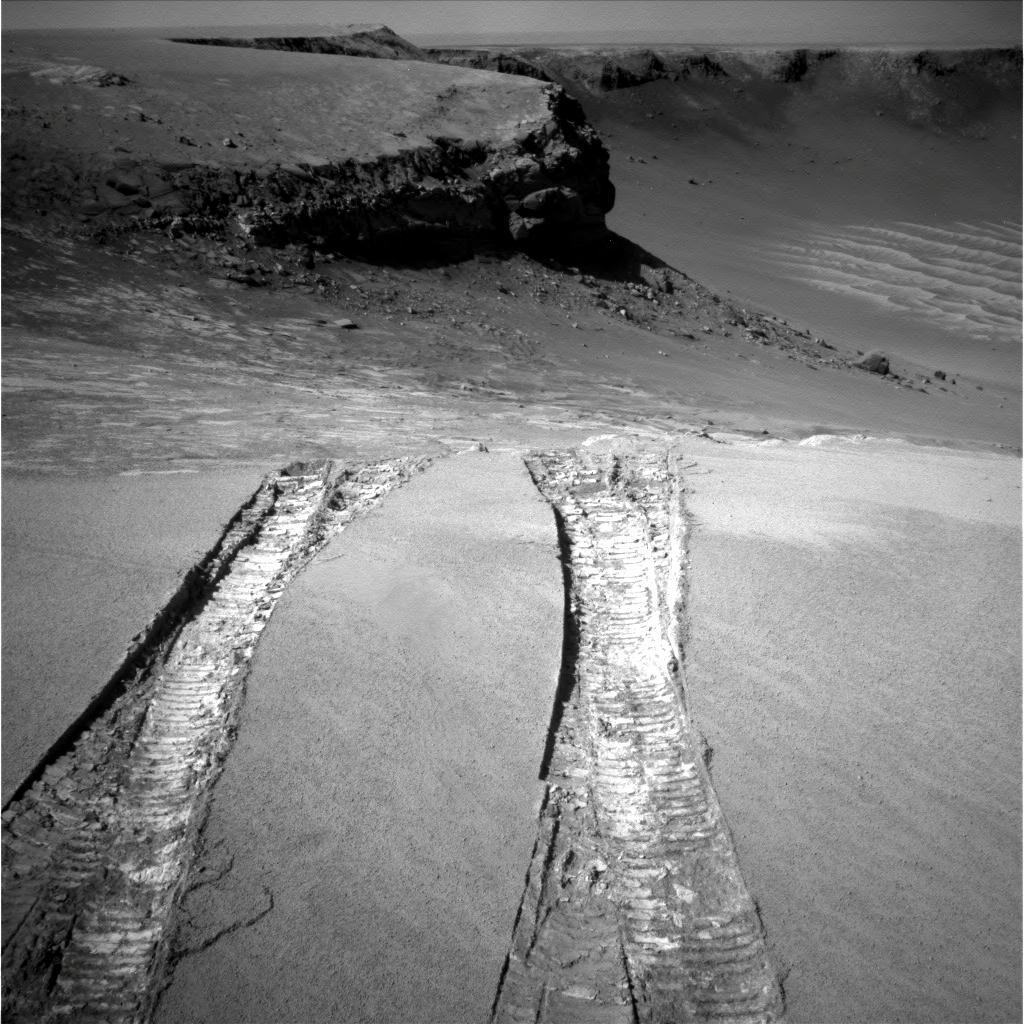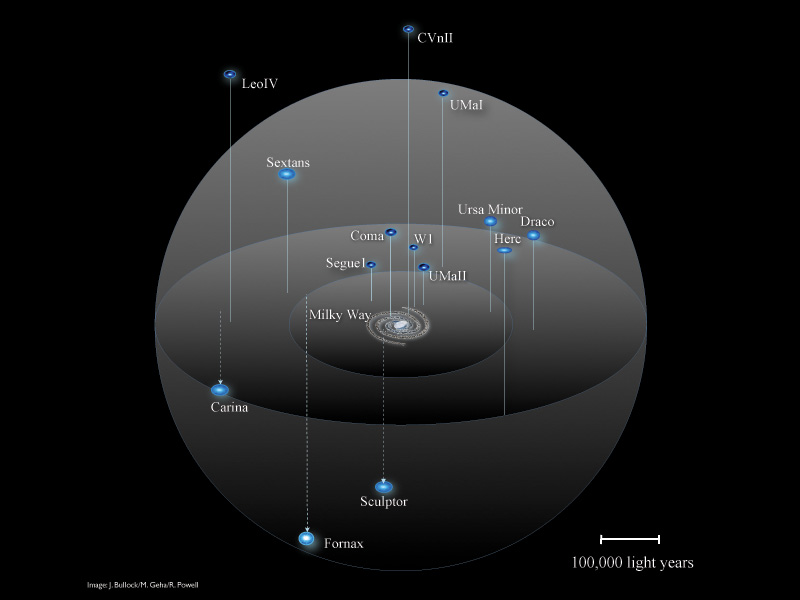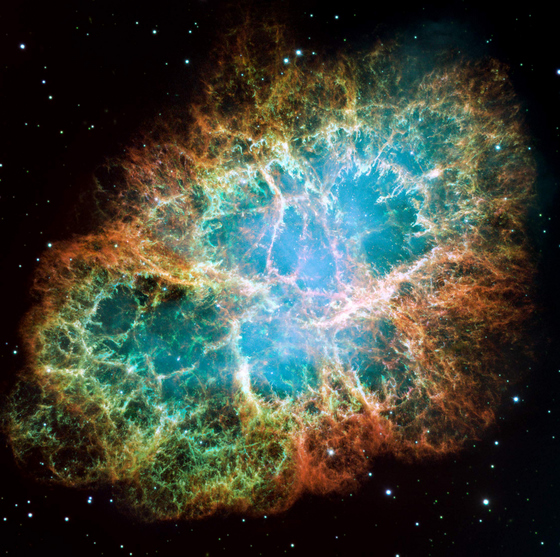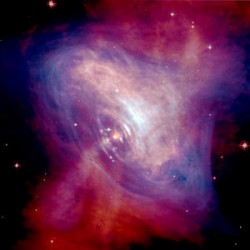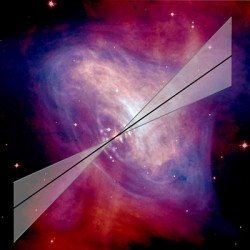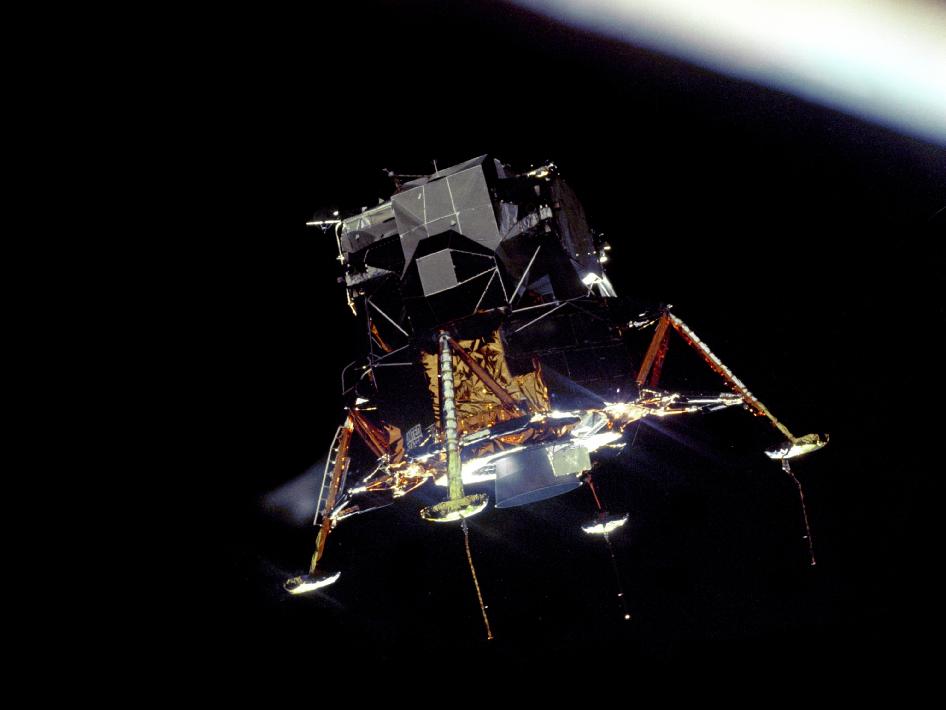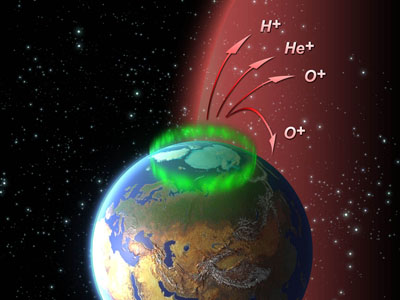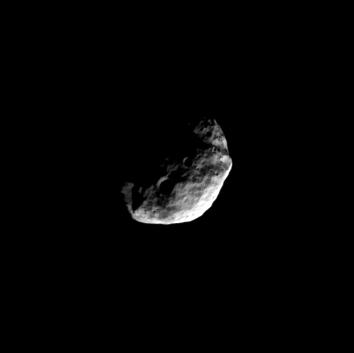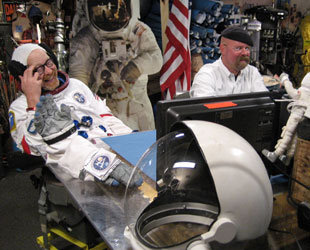[/caption]
NASA’s Mars Exploration Rover Opportunity has successfully climbed out of the Victoria Crater. “The rover is back on flat ground,” said an engineer who drives it, Paolo Bellutta of JPL. Opportunity used the same path to exit the crater and was used to enter the crater almost a year ago. “We’re headed to the next adventure out on the plains of Meridiani,” said JPL’s John Callas, project manager for Opportunity and its twin rover, Spirit. See more images from Opportunity’s climb….
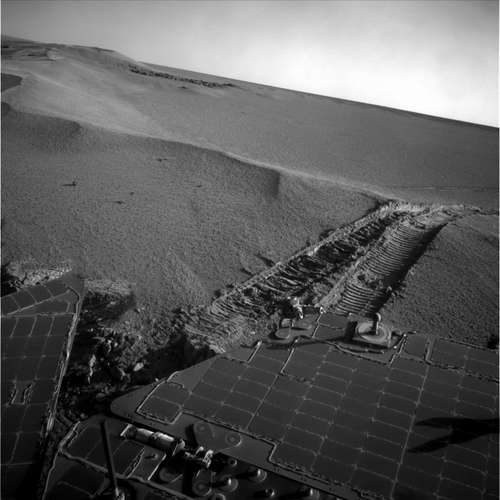
Opportunity used its own entry tracks from nearly a year ago as the path for a drive of 6.8 meters (22 feet) bringing the rover out over the top of the inner slope and through a sand ripple at the lip of Victoria Crater. The exit drive, conducted late Thursday, completed a series of drives covering 50 meters (164 feet) since the rover team decided about a month ago that it had completed its scientific investigations inside the crater.
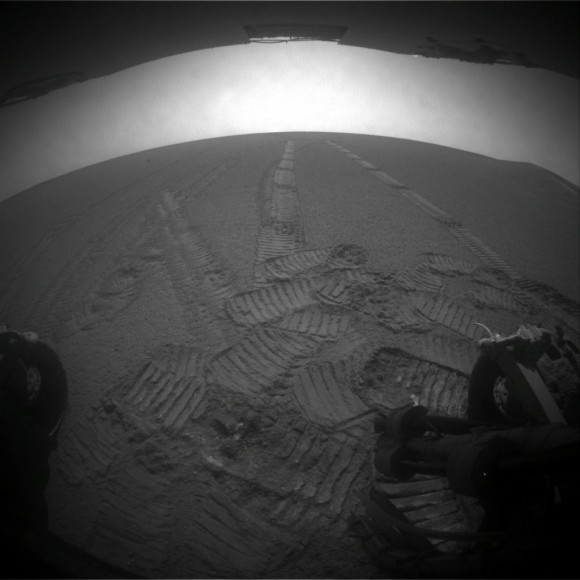
Here, Opportunity is back where she was almost a year ago before heading into the crater. Look closely and try to figure out which tracks are new and which are from a year ago!
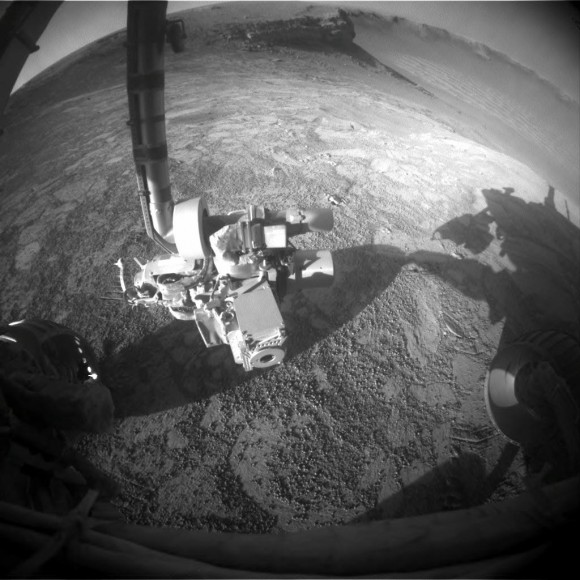
Opportunity stretches her robotic arm after leaving Victoria crater. See the crater in the background with the “Cape Verde” area (prominent ledge) visible. The crater spans about 800 meters (half a mile) in diameter and reveals rock layers that hold clues to environmental conditions of the area through an extended period when the rocks were formed and altered. The sun is behind this shot, creating shadows from the rover.
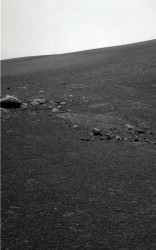
Now that Opportunity has finished exploring Victoria Crater and returned to the surrounding plain, the rover team plans to use tools on the robotic arm in coming months to examine an assortment of cobbles — rocks about fist-size and larger — that may have been thrown from impacts that dug craters too distant for Opportunity to reach.
Source: JPL Press Release,

